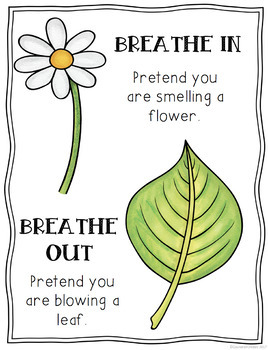


Bethesda, MD: National Association of School Psychologists.īen-Arieh, A. Minke (Eds.), Children’s needs III: Development, prevention, and intervention (pp. Finally, we discuss potential directions for future research on mindfulness-based SEL programs. Furthermore, we report findings from research examining students’ and teachers’ descriptions of their experiences with MindUP as a way in which to further understand the program’s effectiveness from the perspectives of the consumers. To illustrate our perspective on implementation science and mindfulness programs in education, we provide an overview of several studies conducted on MindUP. We emphasize the importance of interdisciplinary research in evaluating mindfulness-based interventions (MBIs) for students and teachers alike, research that utilizes mixed-method designs and that examines multiple outcomes from multiple observers (e.g., self-reports, teacher reports, peer reports). We suggest that the transitional years of pre- and early adolescence (i.e., 9–12 year olds) may be a particularly effective time to introduce mindfulness practices to young people.

We discuss how mindfulness practices and SEL activities may be synergistic, potentially bolstering the efficacy of each, and describe the iterative process of developing, implementing, and evaluating a program that includes both elements. In this chapter, we describe the MindUP program: A universal, mindfulness-based social and emotional learning (SEL) program designed to be implemented in schools by regular classroom teachers.


 0 kommentar(er)
0 kommentar(er)
